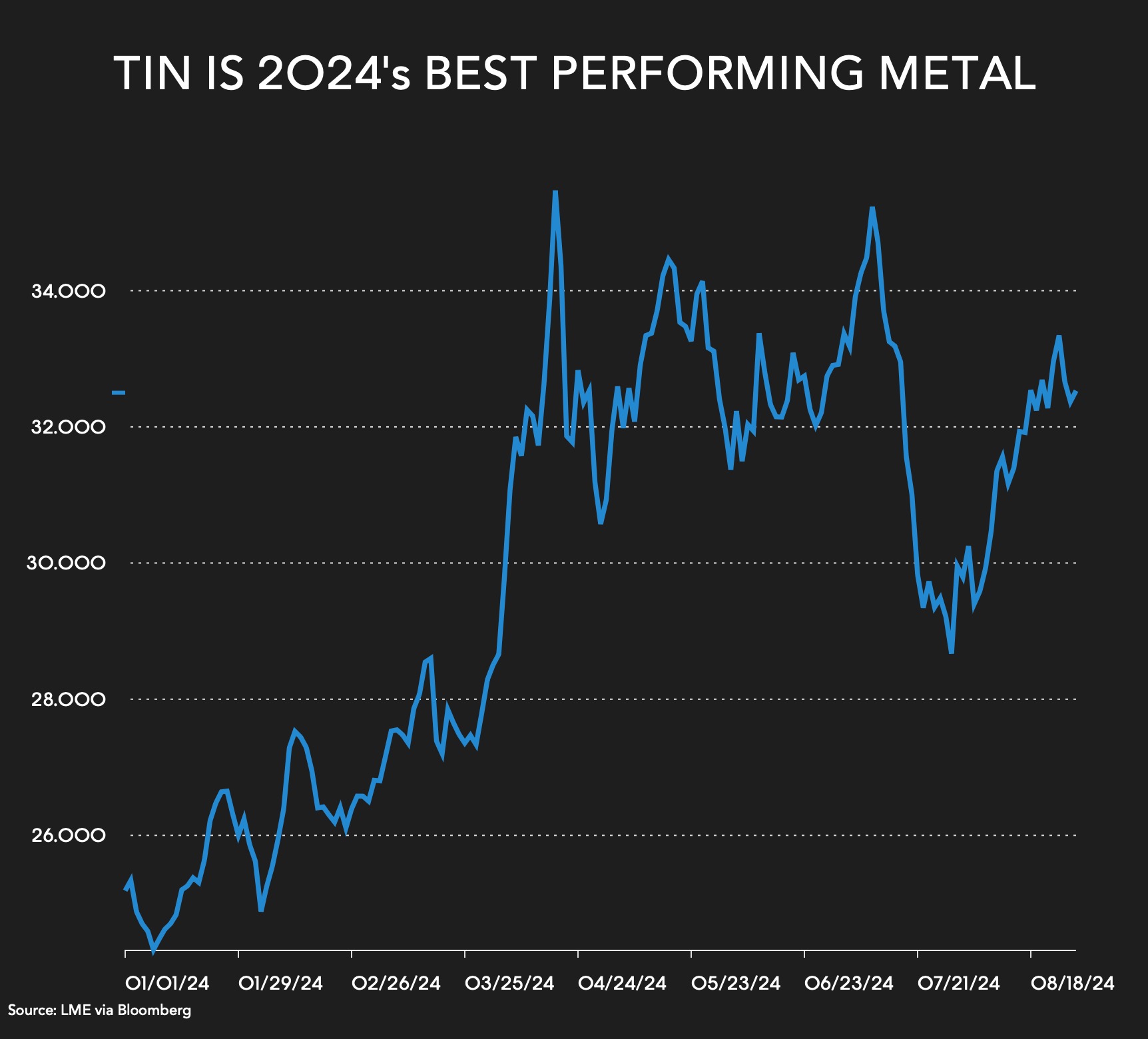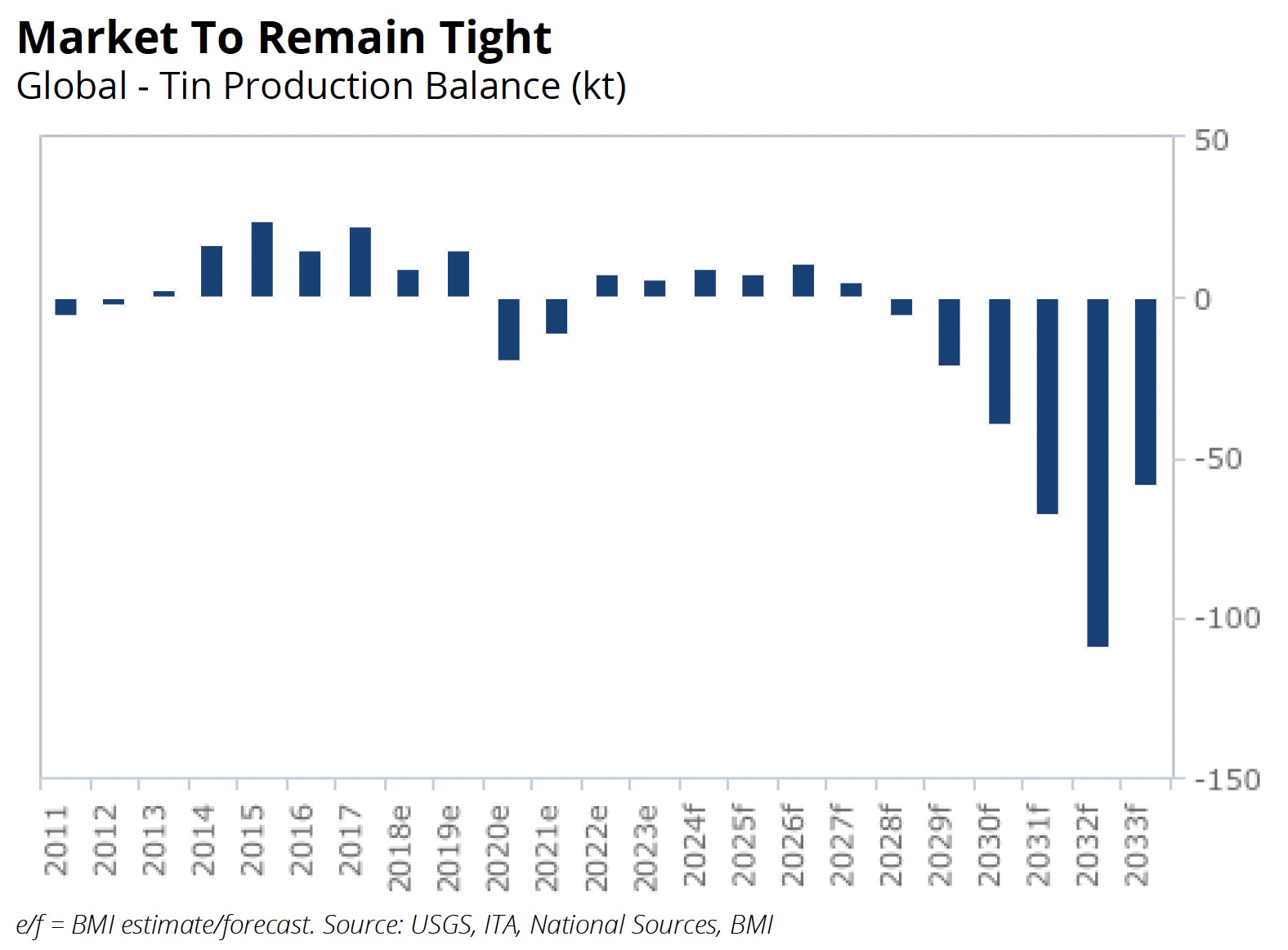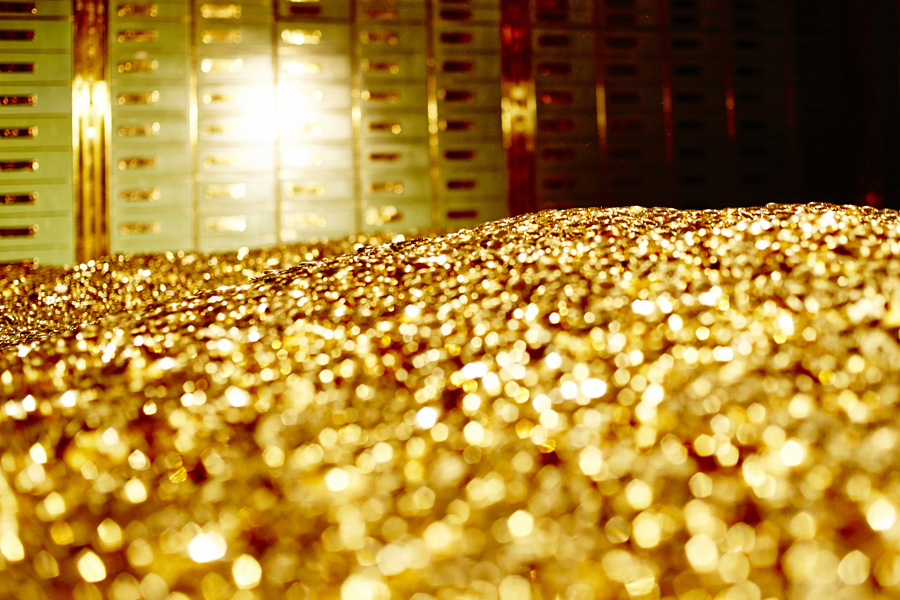Tin price on a multi-year bull run

BMI, a unit of Fitch Solutions, revised upwards its tin price forecast for 2024 from an annual average of $28,000 per tonne previously to $30,000 per tonne, on the back of supply disruptions in key producers Myanmar and Indonesia.
The price of tin ended August at $32,500/t and so far this year is averaging just under $30,000 after the Man Maw mine, accounting for almost all of Myanmar’s tin supply, failed to restart operations despite the August 2023 ban instituted by the Wa militia controlling the area being lifted for all other mining operations at the beginning of the year.

Tin was also boosted by significant disruption to Indonesian exports during the first half of the year, after delays in government approvals of mining companies’ annual work plans. Refined tin exports from Indonesia were down 54% year on year in H1 2024.
Myanmar is the world’s no. 3 tin producer while Indonesia is the largest exporter of the metal. BMI expects the situation to stabilise and Indonesia’s tin exports to get back on track over the coming months.
On the demand side things are also picking up. BMI points out a pickup in global semiconductor sales from Taiwan, continued Chinese investment in its chip manufacturing capacity and renewed focus in Japan to bolster the country’s domestic manufacturing. Falling exchange inventories also favour a rosy outlook.

Further out, BMI expects tin prices “to remain on a firm uptrend in the coming decade” reaching $45,000 by 2033, a level more than double the 2016 to 2020 average of $18,729. BMI expects the market will enter a deficit from 2028 onwards:
“On the supply side, a thin pipeline of tin mining projects will tighten the tin concentrate market, leading to increased competition among smelters and constrained ore feed for refined output growth.
“On the demand side, the global use of tin will increase rapidly through the metal’s use in electronics (especially as electric vehicles increasingly contain greater amounts of electronics in their body) and solar panels (in photovoltaic cells), cementing tin’s status as a commodity of the future.”
More News
{{ commodity.name }}
{{ post.title }}
{{ post.date }}



Comments